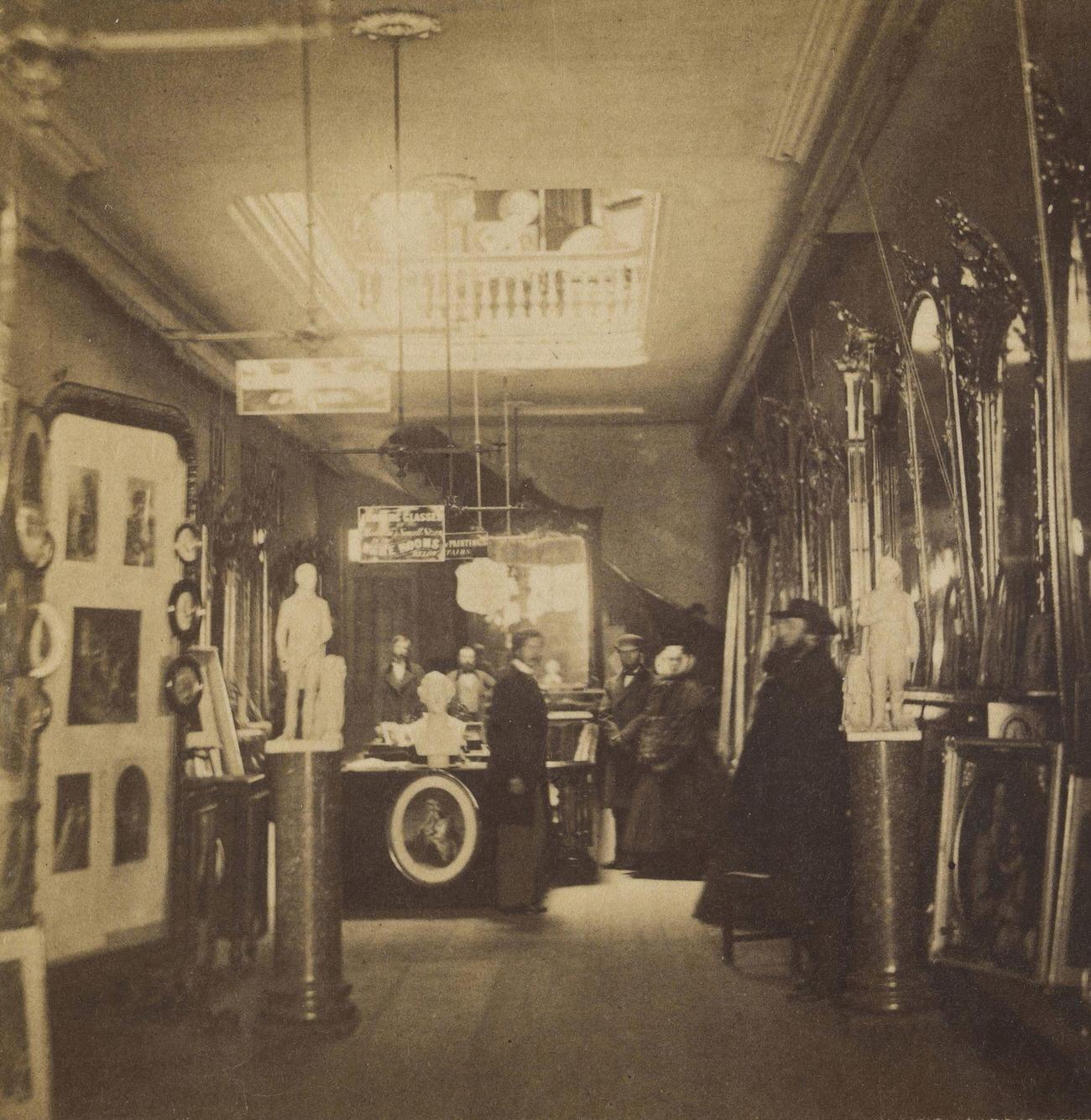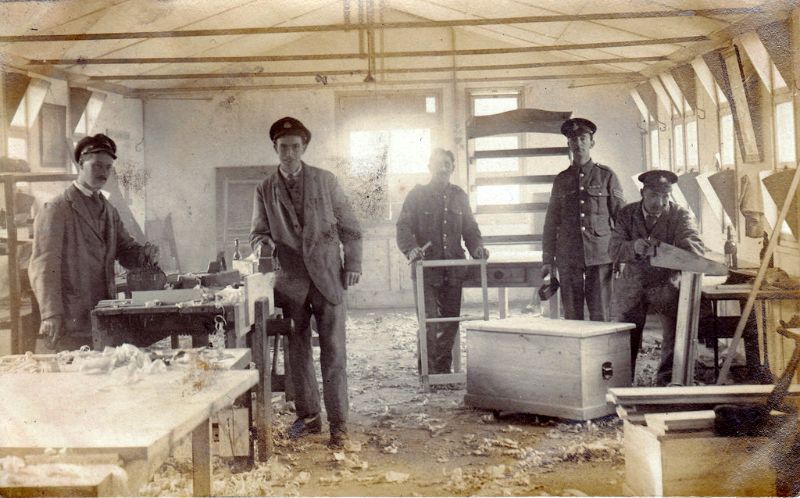As we navigate through the bustling streets of contemporary American cities, with their gleaming facades of modern retail giants, it’s almost surreal to step back in time and visualize the shopping experience of the early 20th century. The period was a definitive era for American retail, a time when shopping was less about convenience and more about the experience. This transformative epoch didn’t emerge in isolation; it was preceded by the unique commercial landscape of the 19th century, which set the stage for the retail revolution that was to unfold.
he General Store: A Community Cornerstone
Long before the advent of supermarkets, the general store was the epicenter of small-town life. One such example was the H. L. Green Company, an archetype of the general store genre that began its journey in the early 1900s. These stores were magical cornucopias, stocking everything from food staples to hardware, fabrics, and medicines. They were characterized by their wooden, often creaky floors, shelves packed with goods from top to bottom, and an ever-present scent of mixed spices, candies, and leather.
The general store wasn’t just a place to purchase necessities; it was a community hub, a spot for exchanging news, and sometimes even a post office. The shopkeeper knew everyone’s name and extended credit lines based on personal trust. This personalized shopping experience, although time-consuming by today’s standards, had an undeniable charm and intimacy.
Department Stores: The Dawn of Opulence
The early 1900s also saw the rise of department stores, which were often behemoths of retail, offering a range of products under one magnificent roof. Stores like Marshall Field & Company in Chicago and Wanamaker’s in Philadelphia were more than just shopping destinations; they were institutions offering fashion, furniture, cosmetics, a place to socialize, and often, cultural experiences.
These department stores were characterized by their grandiose architecture, ornate interiors, and rows of glass display cases. They introduced American consumers to the concept of luxury shopping. Patrons were treated to personalized services, could dine in elegant tea rooms, and attend fashion shows. It was the golden era of window shopping, with elaborate window displays, especially during the holiday season.
Five-and-Dimes: Where Pennies Stretched
Contrasting the department store’s grandeur, the “five-and-dime” or “variety store” became an American staple in the early 20th century. F.W. Woolworth, one of the most iconic names in retail history, revolutionized the concept of discount shopping. These stores were meccas for bargain hunters, offering a wide array of goods, all priced to be affordable.
The layout was simple, goods were practical, and the ambiance was no-nonsense. Shoppers could find kitchenware, toys, stationery, and craft supplies, often starting at just five or ten cents. These shops democratized shopping, making it accessible and affordable, and often served as community meeting points, especially during the economic strife of the Great Depression.
Specialty Shops: The Allure of the Unique
The early 1900s were not just about general goods and discounts; this was also the era of specialty shops. Stores like FAO Schwarz offered a wonderland of toys, while Tiffany & Co. presented a world of luxury jewelry and elegance. These shops provided niche products and catered to the fantasies and desires of both the elite and the aspiring middle class.
Specialty shops were experiences in themselves. For instance, walking into a bookstore like Brentano’s meant entering a scholarly realm, the air thick with the smell of new books and the quiet, intellectual conversations of patrons. These stores provided not just unique products but also a unique shopping experience, each visit promising something new and exciting.























































